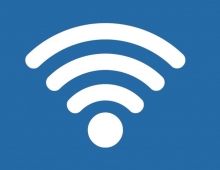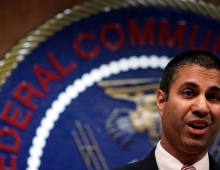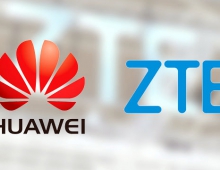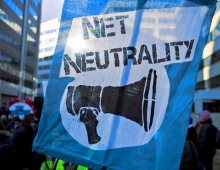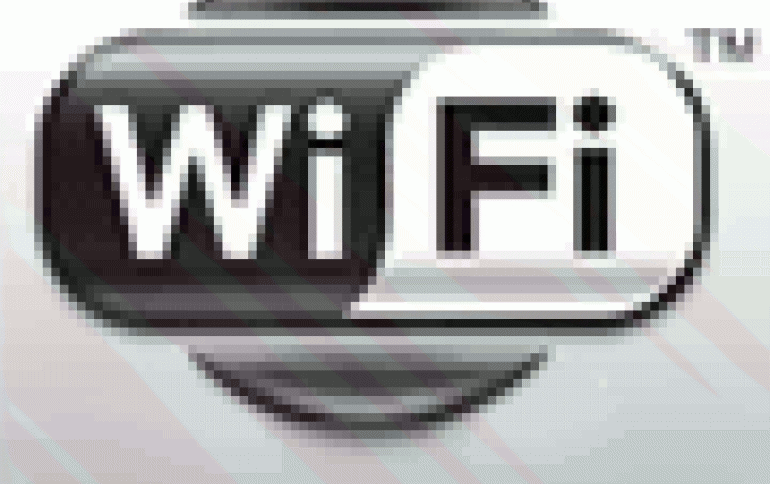
FCC Opens More Spectrum For Faster Wi-Fi
The Federal Communications Commission is opening up spectrum that could allow for Wi-Fi services with speeds of one gigabit per second and faster.
The new rules will make 100 MHz of spectrum more accessible
for use in homes and congested spaces like convention centers,
parks, and airports.
The Commission has modified the rules governing the operation of Unlicensed National Information Infrastructure (U-NII) devices operating in the 5 GHz band. By its action the Commission increased the utility of the 100 megahertz of spectrum, and streamlined existing rules and equipment authorization procedures for devices throughout the 5 GHz band.
Currently U-NII devices operate in 555 megahertz of spectrum in the 5 GHz band, and are used for Wi-Fi and other high-speed wireless connections. These devices support a variety of applications including Wi-Fi hot spots and wireless home local area networks to connect smart phones, tablets and laptops to the Internet, broadband service to rural areas offered by Wireless Internet Service Providers and off-loading of traffic from commercial cellular wireless networks.
The rules adopted today remove the current restriction on indoor-only use and increase the permissible power which will provide more robust access in the 5.150-5.250 GHz band. This in turn will allow U-NII devices to better integrate with other unlicensed portions of the 5 GHz band to offer faster speeds and reduce congestion at crowded Wi-Fi hot spots such as airports and convention centers.
The Commission also modified certain technical rules to improve protection for incumbent systems by requiring manufacturers to secure their devices against illegal modification which could cause interference to incumbent users in the band.
In other action, the FCC voted to make another 65MHz of spectrum available for flexible use wireless services, including mobile broadband.
The vote sets flexible-use regulatory, licensing, and technical rules for 65MHz of spectrum in the AWS-3 band, between 1695 and 2180MHz. The spectrum will be available on a shared basis with federal agency incumbents based on plans from the agencies.
The Commission has modified the rules governing the operation of Unlicensed National Information Infrastructure (U-NII) devices operating in the 5 GHz band. By its action the Commission increased the utility of the 100 megahertz of spectrum, and streamlined existing rules and equipment authorization procedures for devices throughout the 5 GHz band.
Currently U-NII devices operate in 555 megahertz of spectrum in the 5 GHz band, and are used for Wi-Fi and other high-speed wireless connections. These devices support a variety of applications including Wi-Fi hot spots and wireless home local area networks to connect smart phones, tablets and laptops to the Internet, broadband service to rural areas offered by Wireless Internet Service Providers and off-loading of traffic from commercial cellular wireless networks.
The rules adopted today remove the current restriction on indoor-only use and increase the permissible power which will provide more robust access in the 5.150-5.250 GHz band. This in turn will allow U-NII devices to better integrate with other unlicensed portions of the 5 GHz band to offer faster speeds and reduce congestion at crowded Wi-Fi hot spots such as airports and convention centers.
The Commission also modified certain technical rules to improve protection for incumbent systems by requiring manufacturers to secure their devices against illegal modification which could cause interference to incumbent users in the band.
In other action, the FCC voted to make another 65MHz of spectrum available for flexible use wireless services, including mobile broadband.
The vote sets flexible-use regulatory, licensing, and technical rules for 65MHz of spectrum in the AWS-3 band, between 1695 and 2180MHz. The spectrum will be available on a shared basis with federal agency incumbents based on plans from the agencies.



